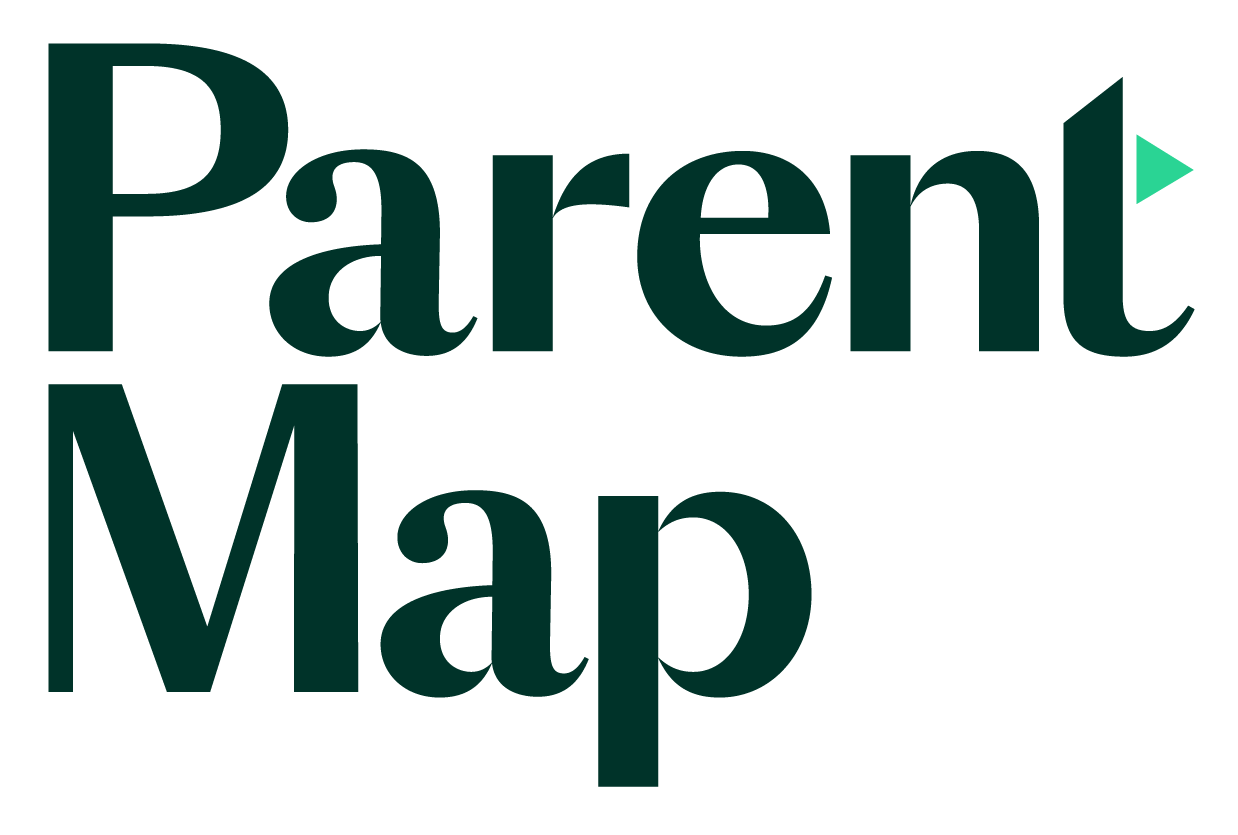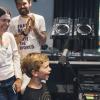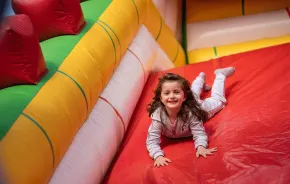
Photo:
Learn more about the life of Anne Frank at this traveling exhibition, in town for a limited time. Photo: courtesy Holocaust Center for Humanity
In today’s terms, Anne Frank would be described as a member of a marginalized community and a refugee. In her own time, she was simply a Jew, and that was enough to subject her, and millions like her, to discrimination and genocide. The Frank family and two-thirds of Europe’s Jewish population was systematically murdered between 1941 and 1945. Anne’s family fled Germany for the Netherlands, where they spent two years in hiding before they were captured and died in concentration camps.
For nearly 80 years, the diary that Anne Frank kept has put a human face on the victims of hate and provided insight into the history of discrimination. It’s easy to think that such an incomprehensible thing as the Holocaust could never happen again. But every generation must be on guard against hate. We each have a responsibility to stay engaged with history and current events. We must teach our children the risks of complacency, especially when initiatives to protect vulnerable groups and the agencies responsible for our collective cultural memory — the National Endowment for the Humanities and the Institute of Museum and Library Services — are under attack.
The traveling exhibition returns to Seattle
This month, Seattle families have access to a traveling exhibition based on Anne Frank’s diary. Last seen in Seattle in 2018, the exhibition “Let Me Be Myself: The Life Story of Anne Frank,” hosted at Seattle’s Holocaust Center for Humanity, presents Anne’s life to a young audience and explicitly connects her story to issues of identity, exclusion and discrimination in today’s world. By revealing the inner life of just one of the millions of ordinary kids sacrificed on the altar of hatred, it reminds us of the true cost of complacency. More than just a victim, Anne Frank was a girl frustrated at not being able to go ice skating, who dreamed of becoming a writer, who had a crush on a boy.
The exhibition tells the story of Anne Frank from her birth in 1929 to her death in a concentration camp in 1945, nine months after D-Day. It provides context for the events of Anne’s life, describing the rise of Hitler, the persecution of Jews and the course of World War II. The exhibition contains a model of the annex where the Frank family hid for two years, a replica of the diary with Anne’s handwriting, and display cases with period artifacts salvaged from concentration camps and donated by survivors and their families.

But the bulk of the exhibition comprises large, printed panels featuring photographs and textual explanations. When we visited the exhibition in 2018, my 9-year-old said it made them feel like they were Anne Frank. Now sixteen, they felt the exhibition raised as many questions as it answered, and they left wanting to read more to better understand the historical context behind the story of this one teenage girl.
The concluding section of the exhibition is dedicated to stories of young people today and has been completely updated since 2018. These final panels explore how a diverse group of young people see themselves in contrast with the labels strangers apply to them. Their examples show how prejudice progresses to exclusion and discrimination in today’s world.
What parents should know
Due to the heavy subject matter, some graphic images in the accompanying film and the text-heavy panels, this exhibition is recommended for fifth graders and older, but all ages are welcome. As a nine-year-old, my child felt the more graphic images in the film were less frightening because they were grainy and black and white.
For those kids who are inspired to learn more, there is a small bookstore, and a reading room filled with books for all ages that are available for checkout. When not occupied with field trip groups, friendly and knowledgeable docents are invaluable resources, answering questions for visiting families.

For kids who have grown up with active shooter drills and sheltering in place at school, security at the Holocaust Center for Humanity won’t be surprising, but parents should know that when you arrive you must ring a doorbell to be let in by a security guard. The guard confirms your reservation and checks bags before letting you pass through the lobby through another locked door into the museum. Weapons of any kind are absolutely prohibited.
If you go to the Anne Frank exhibition …Location: The Holocaust Center for Humanity is located at 2045 Second Ave. in Seattle. Dates: The Anne Frank exhibition is on view Thursdays, 4–7 p.m. and Sundays, 10 a.m.–4 p.m., through May 31. Timed-entry reservations are recommended. Cost: The suggested admission donation is $12 per adult and $7 for students, seniors and veterans. A pay-what-you-can option is available. Parking: Street parking is limited. Public parking garages are in the Securities Building with access from Third or Fourth Avenues between Virginia and Stewart, and the Third and Stewart garage with access from Stewart between Second and Third. The center is well served by transit; plan your route online. |
Editor’s note: This article was originally published in 2018 and was most recently updated by the writer on May 2, 2025, with details for this year’s exhibition.











